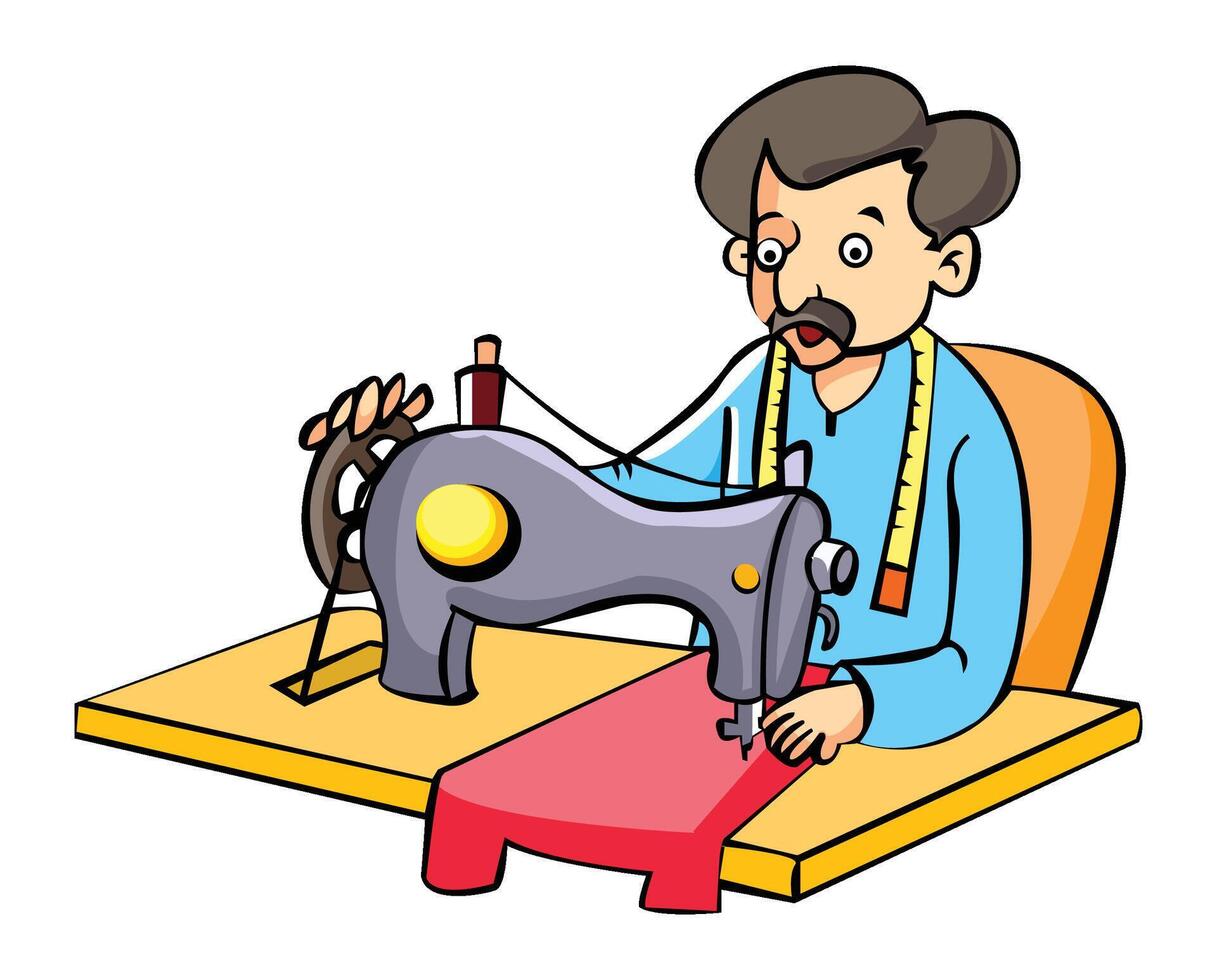Specialist Tailor Perth: Crafting Custom Suits for each Occasion
Specialist Tailor Perth: Crafting Custom Suits for each Occasion
Blog Article
Understanding the Tailoring Refine: From Material Choice to Last Suitable for the Suitable Wardrobe
The customizing process is an intricate interplay of art and science, beginning with the vital decision of material choice and finishing in the accurate changes of last fittings. Each material type brings one-of-a-kind high qualities that influence not only the visual allure however additionally the garment's durability and suitability for various occasions.
Importance of Textile Selection
Picking the appropriate fabric is vital in the customizing procedure, as it straight affects the convenience, durability, and overall visual of the last garment (tailor perth). The option of material sets the structure for the garment's efficiency, capability, and design. Different fabrics have one-of-a-kind properties, such as breathability, weight, and stretch, which can considerably impact how the garment drapes and fits the body
In addition, fabric choice impacts the garment's durability and simplicity of care. Premium fabrics can endure deterioration, maintaining their look and structure gradually, while lower-quality materials may cause pilling or fading. Furthermore, the best material contributes to the garment's ability to shift throughout occasions and seasons, therefore boosting flexibility.
A tailored item made from a proper textile not just showcases workmanship but also raises the user's self-confidence. Subsequently, comprehending the subtleties of material option is vital for any kind of customizing endeavor. It ensures that the end product not only meets the aesthetic desires of the client but also lines up with useful needs, thus accomplishing an unified equilibrium between kind and feature in the tailored wardrobe.
Types of Fabrics and Their Uses
Understanding the different kinds of materials available is vital for making informed decisions during the tailoring process. Each material has one-of-a-kind characteristics that dictate its viability for specific garments and celebrations.
Cotton, recognized for its breathability and soft qualities, is suitable for sportswear and summertime garments. Its versatility enables it to be tailored right into every little thing from t-shirts to dresses. Wool, on the various other hand, is preferred for its warmth and framework, making it a superb choice for official matches and outerwear - tailor perth. Its all-natural flexibility aids garments preserve form in time.
Silk exhibits high-end and is light-weight, making it ideal for eveningwear and fragile blouses; however, it calls for cautious handling because of its delicacy. Bed linen, with its textured surface, is a popular selection for warm climates, offering a crisp and ventilated feel, but it wrinkles easily, which might influence the garment's appearance.
Synthetic fabrics, such as polyester and nylon, offer resilience and resistance to wrinkles, making them suitable for everyday wear and active clothing. Comprehending these textile types and their homes permits far better decision-making, making sure that each tailored piece not only fits well yet additionally lines up with the intended function and celebration.
The Tailoring Techniques Discussed
The art of customizing relies upon a variety of methods that change textile into well-fitted garments. Central to this procedure is pattern drafting, where a dressmaker creates themes based upon the customer's measurements and wanted design. This initial action ensures that the garment will certainly fit the wearer properly prior to any kind of cutting happens.
When patterns are developed, reducing techniques come right into play. Accuracy is extremely important as errors can result in misfitting garments. Tailors often utilize different cutting approaches, such as single-layer reducing for elaborate layouts and multiple-layer reducing for efficiency on common patterns.
Basting is another crucial strategy, enabling dressmakers to momentarily stitch fabric assemble for a preliminary fitting. This method uses the possibility to evaluate the drape and general silhouette before continue reading this last stitching.
Seaming methods, including flat-felled seams and French joints, enhance the garment's toughness and visual allure. Tailors also utilize techniques such as interfacing and padding to supply structure and form to certain locations, like collars and shoulders.
Last but not least, finishing techniques, including hemming and side completing, guarantee the garment's longevity while offering a polished appearance. Together, these strategies form the foundation of efficient tailoring, resulting in splendid, tailor-made garments.
Fitting Modifications and Considerations

Secret factors to consider include the shoulder fit, which needs to neither droop neither restrict movement, and the sleeve length, which ought to enable comfy arm activity while maintaining a polished appearance. In addition, changes at the midsection can refine the silhouette, with alternatives to let out or absorb textile as needed.
The increase of trousers is another vital factor; it must sit conveniently above the hips without causing pain, enabling ease of activity. Hemming lengths for both pants and skirts need to mirror the user's preferred style while valuing proportions.

Keeping Your Tailored Attire
Constantly comply with the care label instructions, which may advise completely dry cleansing for fragile materials or device washing for even more resilient materials. Stay clear of regular laundering, as this can put on down the fabric and modify the garment's shape.
Storage is similarly vital; use cushioned hangers for jackets and layers to preserve shoulder framework, and shop trousers folded neatly or hung to avoid creasing. Protect garments our website from direct sunlight, which can fade colors and damage fibers.
Additionally, periodic evaluations for small repair work can stop bigger concerns. Look for loose buttons, fraying joints, or signs of moth damages, attending to these issues promptly to preserve the garment's integrity.
Lastly, think about seasonal rotation. Wearing tailored pieces in small amounts allows materials to recoup, extending their life-span. By executing these maintenance methods, you can make certain that your customized garments continue to be as pristine as the day you first used them, enhancing your ideal closet for several years to come.
Final Thought
The tailoring process, encompassing textile selection, proficient techniques, and accurate suitable modifications, plays an important function in creating garments that improve both comfort and design. Each phase adds to the overall efficiency of visit this site the end product, guaranteeing that clothes not only fits well yet likewise mirrors specific identification. In addition, comprehending the significance of maintenance expands the life of customized garments, strengthening their value in a well-curated wardrobe. A thorough approach to customizing finishes in a certain and polished appearance.
Choosing the appropriate material is crucial in the tailoring process, as it straight affects the convenience, durability, and overall aesthetic of the last garment. The option of fabric establishes the structure for the garment's style, functionality, and performance. Different fabrics possess distinct homes, such as weight, breathability, and stretch, which can substantially impact how the garment drapes and fits the body.
The art of customizing relies on a range of methods that transform textile right into well-fitted garments.The customizing process, encompassing textile choice, experienced strategies, and specific suitable adjustments, plays a critical role in developing garments that boost both comfort and style.
Report this page